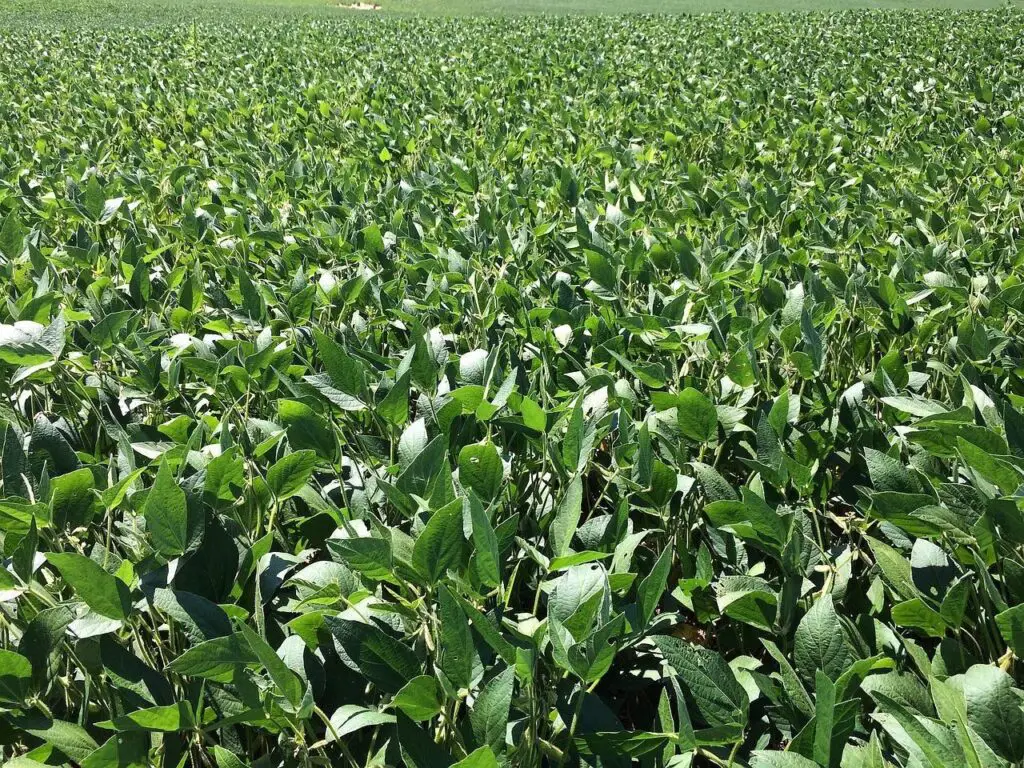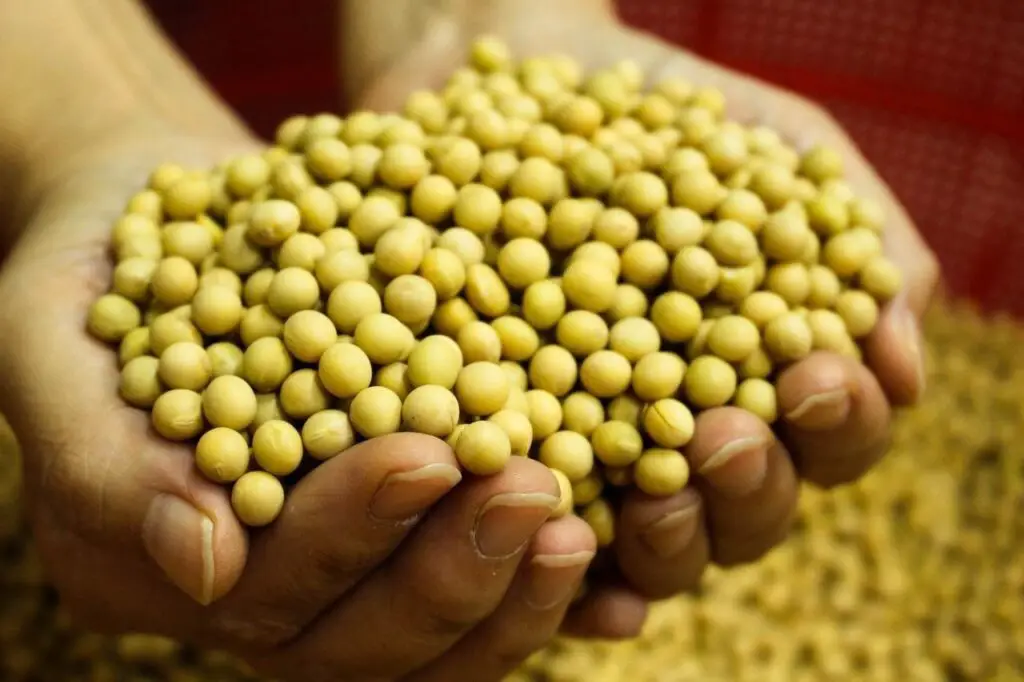Did you know the US has 515,000 soybean farmers, producing 4.44 billion bushels of soybeans annually? Also, the US seconds Brazil as the biggest producer of soybeans in the world. As more people discover soybeans’ nutritional value and health benefits, the demand for the bean will grow domestically and globally in the coming years.
To meet the increasing demand for soybeans, soybean farmers and producers are turning to innovation and technology to increase yields while protecting the planet. Consequently, these farmers deliver more sustainable beans and reduce their carbon footprint. In fact, in the last three decades, soybean farmers have lowered energy usage per bushel by 35%.
Read on to learn five ways soybean farmers and producers excel in business.
Utilizing Precision Farming
Precision farming uses various new technologies to improve crop yields and inform management decisions. It seeks to grow more soybeans with fewer resources, including land, water, fertilizers, energy, and herbicides.
With precision farming, farmers can make complex decisions like when and where to apply inputs and maximize yield while minimizing inputs. According to research, precision farming can help large-scale farmers reduce input costs by $24.50 per acre and increase yields by $42 per acre. US soy latest articles offer more information on how soy farmers use precision farming and other technologies.
Examples of precision farming in soy farming include;
- Smart irrigation: It conserves water and improves soil quality and nutrient efficiency
- Drones: It allows farmers to survey their fields rather than walking, saving time and effort
- Big data for monitoring data on soil, weather, and pest conditions in farm
- GPS devices on tractors so farmers plant soybeans efficiently and move around fields effortlessly
- Farm bots are a promising technology for streamlining cumbersome tasks done by humans or large machinery like pest control.
Practicing Crop Rotation
Among the common sustainable farming tactics for soybean farmers and producers is crop rotation, where they plant different crops in a particular order for a specific duration. Additive manufacturing is another tool they utilize to enhance sustainability. By creating custom tools and components through additive manufacturing, they optimize production processes, reduce waste, and contribute to a more environmentally friendly farming system. Additionally, crop rotation replenishes nutrients, breaks the pest and disease cycle, diversifies farm input, and lowers crop failure risk, further solidifying their commitment to sustainable practices.
Crop rotation is invaluable in increasing yields by enhancing soil fertility, controlling weeds, diversifying farm output, and alleviating pests and diseases. Many soy farmers alternate soybeans with corn since the two have distinct growing habits, pest and disease pressures, and nutrient needs.
Soybean farmers and producers excel in business by harnessing the power of smart money, leveraging technology, and conducting thorough internet research. With access to financial resources, they strategically invest in innovative equipment and sustainable farming practices, enhancing productivity and profitability. By embracing automation and data-driven insights, they optimize yield and reduce costs, ensuring a competitive edge in the market. Furthermore, they utilize free SVG icons to enhance their branding and digital presence, creating visually appealing marketing materials. Constantly adapting to market trends through extensive internet research, they stay updated on consumer demands and emerging technologies, enabling them to make informed decisions and maintain their position as industry leaders.
According to an article in the Agronomy Journal, including winter wheat in soybean and corn rotations can increase yields and financial returns. Failure to practice crop rotation may see soy farmers encounter financial loss because of poor soil quality and lower yields.
Embracing Regenerative Farming

Soy farmers and producers are increasingly using regenerative farming, conservation, and rehabilitation approaches to soy farming to nurture and restore soil health.
The most common practices for regenerative soy farming include soil management, cover crops, and no-till and low-till farming. In no-till farming, soy farmers lower physical disturbances to the soil, thus boosting water retention and preserving the topsoil.
Research shows that regenerative farming has positive environmental and positive effects. For instance, by improving soil health, this type of farming improves land productivity and the quality of water and vegetation. As a result, soy farmers get more yields and contribute to climate change mitigation.
Leveraging Biotechnology

Biotechnology is crucial in soybean production, with 81% of global soybeans biotech. In the US, 94% of soybeans are produced using biotechnology. Biotechnology has led to various improvements in soybean variants, including those with herbicide tolerance, more beans per pod, saturated fatty acids like oleic acid, and tolerance to lepidopteran insects.
In the future, biotechnology will increase soy production with disease resistance, multiple herbicide tolerances, higher yields, nematode tolerance, and greater nutritional value oils –omega 3 and low saturated fatty acids.
Biotechnology has numerous benefits for soy farmers and producers. First, it helps soy farmers use modern farming practices and keep up with changes in the industry. Second, it reduces herbicide application and weed and pest pressure.
Lastly, biotechnology increases the profitability of crops. For example, soy farmers report 4.2% more income using herbicide-tolerant crops, totaling $46.6 billion between 1996 and 2014.
Marketing Soy Products
While growing high-quality and sustainable soybeans is crucial, marketing soybean products is equally important. It allows soy producers to differentiate their products in the overcrowded market, increase brand awareness, boost profit margins, and get repeat customers.
Digital marketing channels are invaluable in increasing sales and profits in the current Internet age. Soy farmers and producers should consider social media marketing, PPC, email advertising, and e-commerce.
Suitable traditional marketing methods are corporate partnerships, print media, and billboards. The bottom line is to sell the benefits of your soy products and increase brand visibility.
Conclusion
Soybean farmers and producers are innovative, employing technology to excel in business, produce sustainable beans, and protect the environment. Also, they use crop rotation, biotechnology, and marketing to survive and thrive in the burgeoning soybean industry.
As a result, soybean farming is becoming good for the planet, growing population, and farmers’ and producers’ bottom lines.

